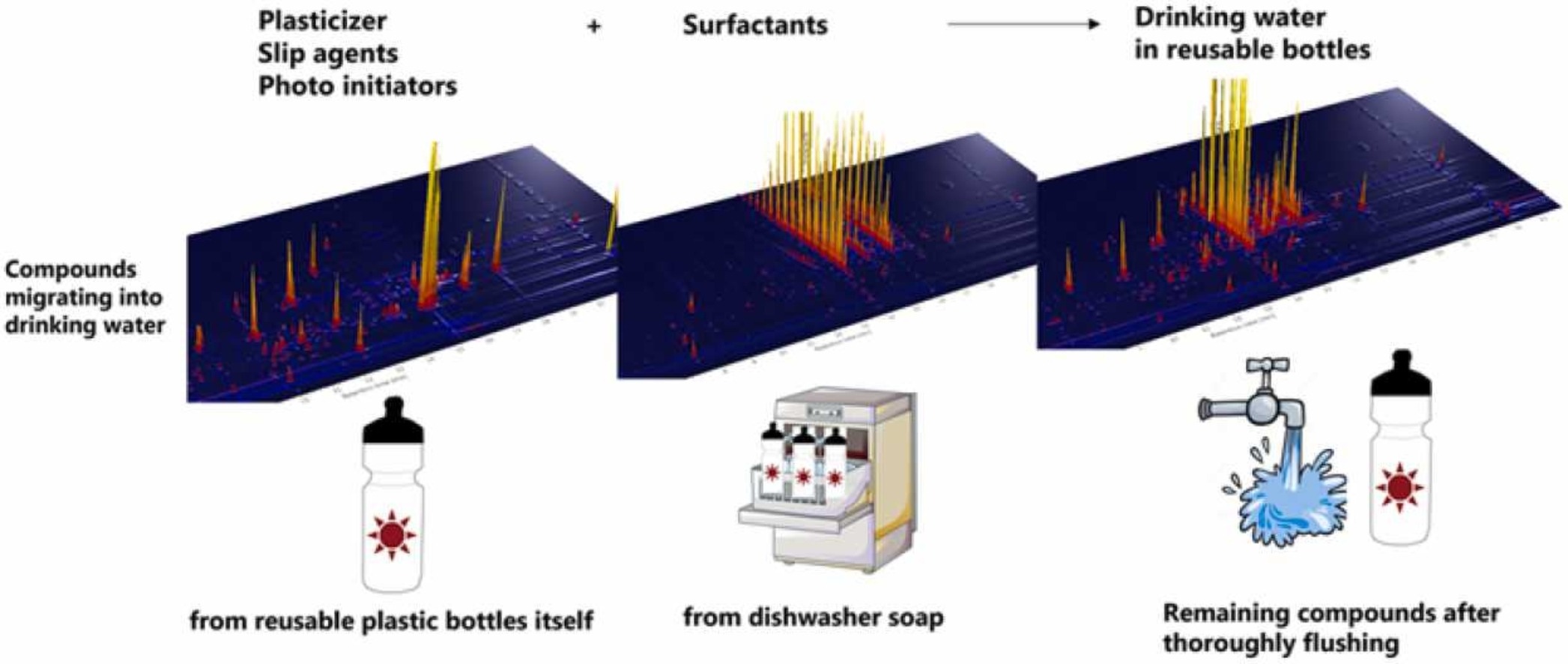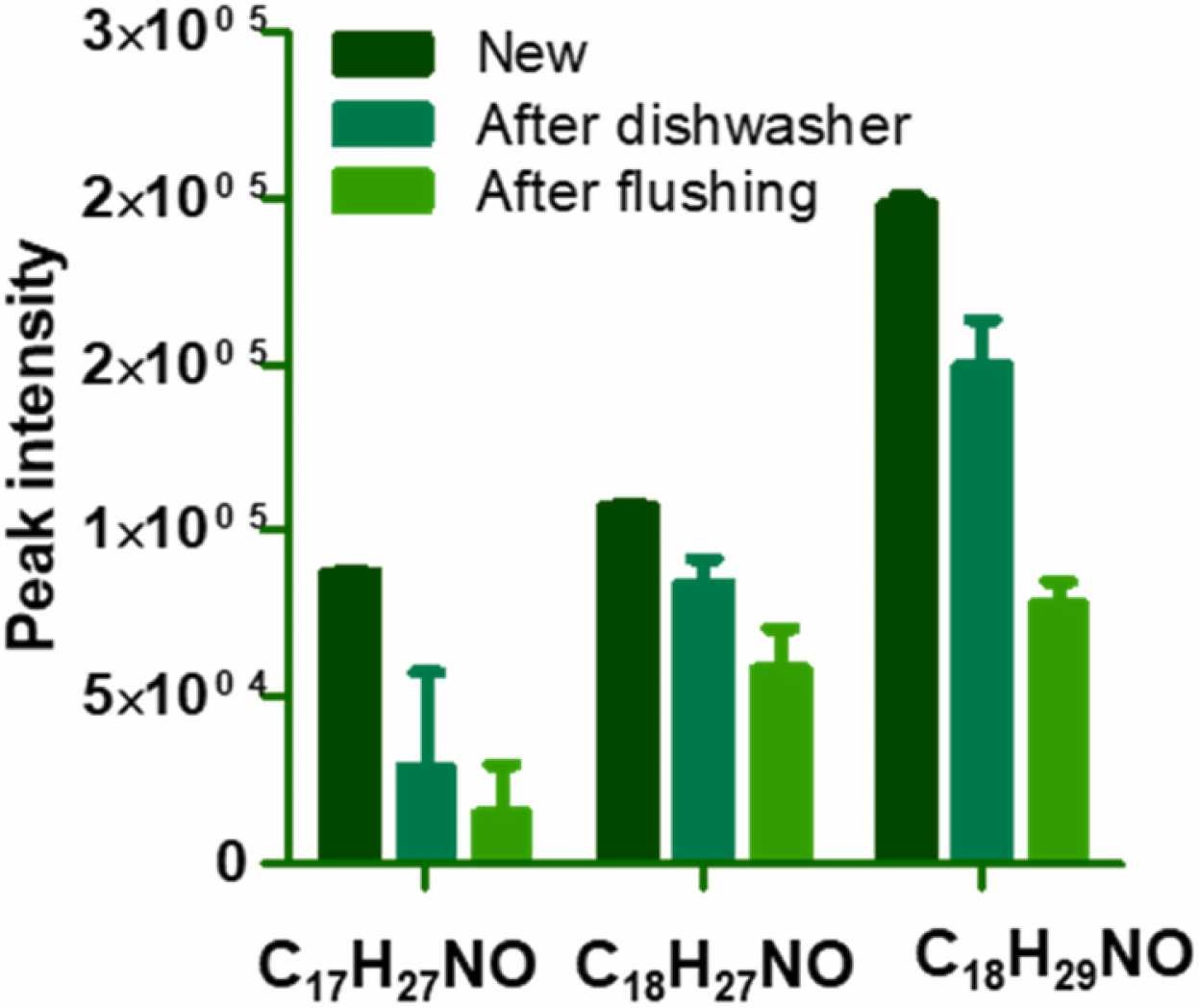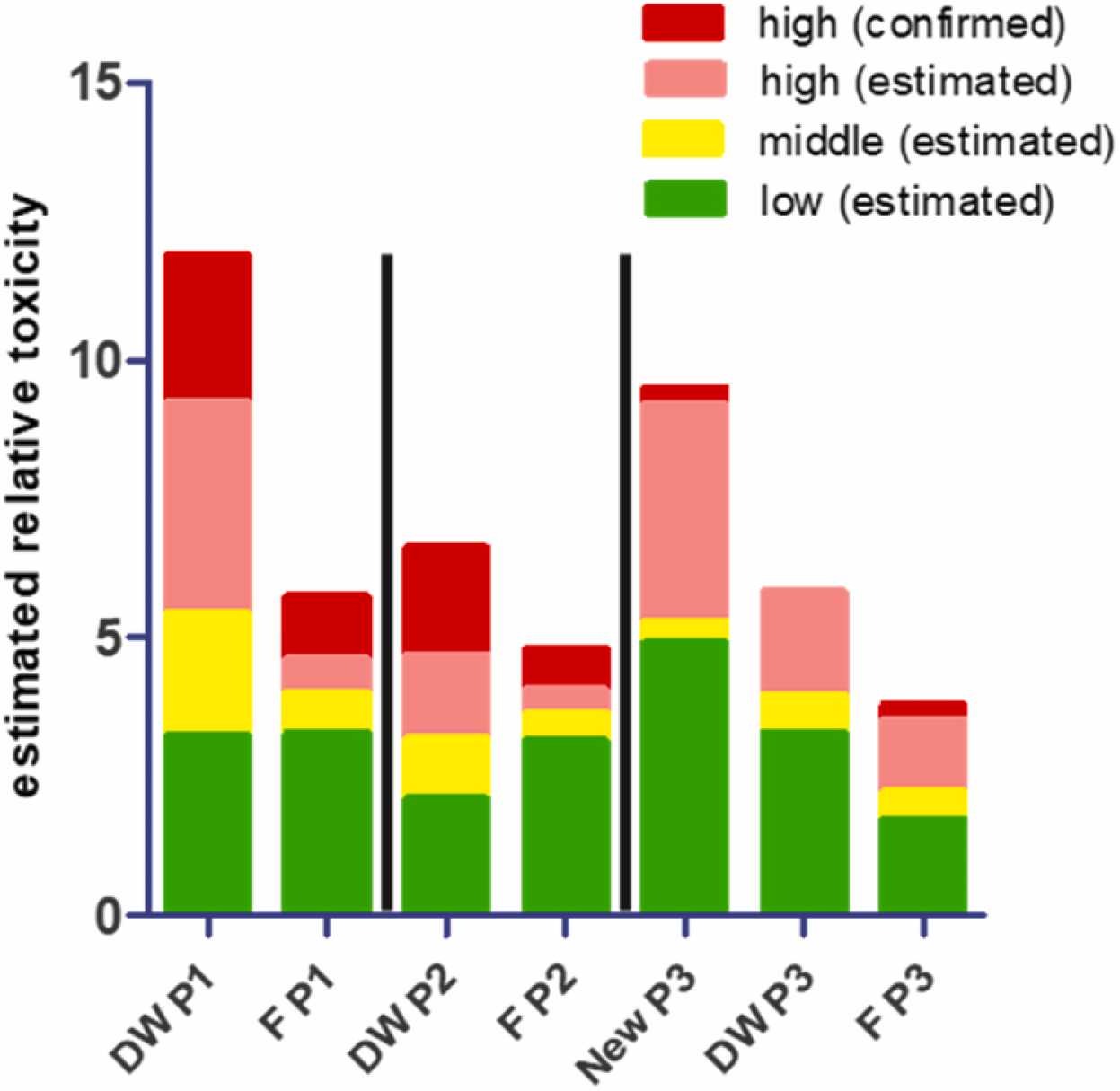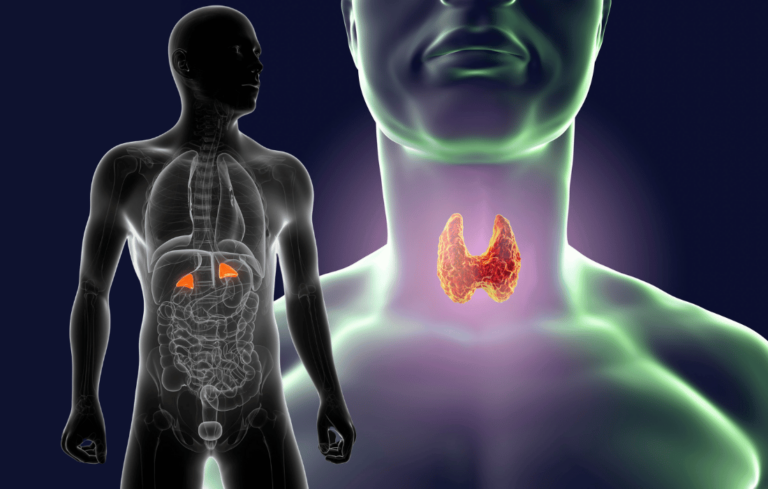You’re crushing your workout, mid-set, muscles pumped, heart racing, and you reach for your plastic sports bottle like a trophy of healthy habits. You’ve been told hydration is life, and it is—but what if the vessel carrying that life-giving liquid is quietly undermining your efforts?
While focusing on macros, mobility, and mental toughness, that sleek plastic bottle might be dosing your water with a side of endocrine disruption, industrial chemicals, and even traces of mosquito repellent.
Yes, you read that right—mosquito repellent.
This article isn’t meant to panic you. It’s meant to empower you. Because you deserve to know the facts—especially if you’re an athlete or wellness-minded individual who’s already doing the work to protect your body. This is the inside story of plastic sports bottles, their chemical companions, and how to make a smarter choice for your long-term health.
What Researchers Found When They Decided to Rinse and Repeat
Sometimes, all it takes is a rinse, a dishwasher, and a microscope to blow the lid off an industry standard. This isn’t a fringe idea—it’s the work of top-tier environmental chemists who decided to see what actually leaks out of those “safe” reusable plastic bottles.

A Danish Discovery That Should Be on Every Athlete’s Radar
A team of scientists from the Journal of Hazardous Materials conducted a study so straightforward it’s almost laughable that no one did it sooner. They simply filled reusable plastic sports bottles with water, let them sit for 24 hours, and analyzed what had leached into the water. They tested:
Brand-new bottles
Used bottles (in regular rotation for about a year)
Bottles post-dishwasher cycle
Bottles flushed repeatedly with tap water
Glass bottles as a control
Then, using high-resolution mass spectrometry (basically, the forensic DNA testing of chemicals), they cataloged every compound that showed up. The results?
400+ plastic-related compounds
3,500+ dishwasher-related chemicals
DEET, the active ingredient in insect repellent, in every plastic bottle tested
Dozens of plasticizers, slip agents, antioxidants, photoinitiators, and more
And here’s the kicker—many of these substances stuck around even after the bottles were flushed with water. Not even your best “quick rinse and refill” routine stands a chance.
The Dishwasher Made It Worse
It’s common practice to toss bottles in the dishwasher. But this might be where the real chaos begins.
Researchers found that the dishwashing process actually increased the number of compounds migrating into the water. The heat and detergents didn’t clean the problem away—they cooked up new ones. Think of it like turning your water bottle into a slow-release chemical capsule.
Even after vigorous flushing, up to 13% of dishwasher-related chemicals still lingered in the plastic. Glass, by comparison? Less than 1%.
If your hydration plan includes reusing a plastic bottle that’s been through a dishwasher, you might be gulping down a chemical cocktail more intense than your pre-workout.

Breaking Down the Chemical Offenders
If your plastic bottle was a character in a crime show, this would be the lineup of usual suspects. Except these guys don’t wear ski masks—they hide behind acronyms and glossy marketing.
Plasticizers – The Flexible Frenemies
Plasticizers are used to soften plastics, giving your bottle that “squeeze-me” feel. But they’re not exactly health food.
Some key players:
Dibutyl maleate
Laurolactam
Tris(2-butoxyethyl) phosphate (TBEP)
Tributyl phosphate
These are linked to endocrine disruption, meaning they can mimic or interfere with your hormones—especially testosterone. That’s a red flag if you’re a male athlete trying to preserve muscle mass, recover faster, or keep libido healthy. Heat makes them even more volatile, increasing migration into your water.
Slip Agents – Smooth Operation, Rough Consequences
Slip agents like oleamide, linoleamide, and erucamide are fatty acids used to reduce friction between plastic surfaces. Sounds innocent, right?
Well, they bloom to the surface over time and leach into water, particularly under heat or stress. These amides have poorly understood toxicological profiles and may interact with cannabinoid receptors in the brain—yes, seriously.
Antioxidants and Stabilizers – Industrial Anti-Aging You Don’t Want
These chemicals help plastics resist oxidation and sun damage. Unfortunately, they also leach into your water:
4-Nonylphenol (banned in high concentrations in the EU)
Ascorbyl palmitate
Octyl gallate
Oxybenzone (a UV stabilizer also linked to hormone disruption)
Some of these are known to bioaccumulate, meaning they build up in your tissues over time.
Photoinitiators – All Shine, No Substance
Used in the inks and glossy coatings on bottles, photoinitiators like:
4-Methylbenzophenone
Irgacure 369
Anthraquinone
…are suspected to be carcinogenic or endocrine-disrupting. These were especially prevalent in older, red-colored bottles, and they weren’t removed by flushing.
If your bottle has bright colors or logos printed directly on the surface, this is a major concern.
DEET in Your Water?
Yes, DEET, the same compound you spray on your legs during mosquito season, was found in every single plastic bottle tested.
Researchers suspect it’s either:
A contaminant or byproduct from manufacturing,
A transformation product created during dishwashing (possibly from laurolactam), or
An environmental mimic that just looks chemically similar.
Either way, you don’t want it in your drink. Long-term exposure to DEET is associated with neurological, hormonal, and liver effects—especially concerning if you’re already pushing your body to the limits.
What’s the Real Risk?
Alright, we’ve named the culprits. But what do they actually do once they’re inside you?
Chronic Exposure and the Low-Dose Lie
The common industry argument is that these chemicals exist in trace amounts, too low to matter. But growing evidence says otherwise.
Low-dose exposure, especially over time, can still disrupt biological systems—particularly the endocrine system. This is especially relevant for athletes, children, and anyone with pre-existing hormonal issues.
You wouldn’t knowingly drink from a bottle spiked with a “trace” of battery acid, right?
Endocrine Disruptors: Death by a Thousand Swigs
Endocrine disruptors affect your:
Thyroid function
Sex hormone balance (testosterone, estrogen)
Fertility
Metabolic health
Neurological function
For athletes, this could mean:
Poor recovery
Muscle loss
Fat gain
Increased injury risk
Mood swings or mental fog
That’s not exactly the performance edge you’re going for.
Toxicity Levels and Cramer’s Rule
Using Cramer’s Rule—a method of classifying chemical compounds based on their toxicity—researchers grouped the compounds into three categories:
Class I: Low toxicity
Class II: Moderate toxicity
Class III: High toxicity
Even after flushing bottles multiple times, Class III chemicals remained. And for some bottles, especially the older red ones, the toxicity levels post-dishwasher were enough to make any health-conscious athlete rethink their hydration game.

Let’s Talk Solutions – Without Going Full Prepper
Let’s not panic—but let’s not ignore the data either. The good news? There are easy ways to protect your hydration game without ditching civilization.
Upgrade Your Bottle
Ditch the plastic and go for:
Glass – Pure, inert, and doesn’t leach. Pro tip: get one with a silicone sleeve.
Stainless Steel – Great for hot and cold drinks, highly durable.
Titanium – Lightweight and virtually indestructible, though pricey.
Bonus: these alternatives are dishwasher-safe without becoming a chemical lab.
If You Must Use Plastic…
Sometimes life happens. If you’re stuck with a plastic bottle:
Never put it in the dishwasher
Don’t expose it to heat (like leaving it in the car)
Don’t use it if it’s scratched, cloudy, or worn
Avoid bottles with bright coatings or decals
And consider retiring them faster than you would your running shoes.
Rethink “BPA-Free”
“BPA-Free” is marketing code for “Still has other chemicals we didn’t test thoroughly.” Many BPA alternatives (like BPS or BPF) are just as bad—or worse. Don’t fall for the label.
Support Smarter Regulation
The U.S. lags behind Europe in regulating food contact materials. Push for more transparency and stricter testing by contacting local representatives, supporting advocacy groups, and making smarter consumer choices.
Final Thoughts – Don’t Let Your Water Bottle Be Your Weakest Link
In the world of sports and fitness, we’re often told to control the controllables. Hydration is one of them—but it’s not just what you drink, it’s how you carry it.
That plastic sports bottle might be stylish, but if it’s laced with hormone-disrupting chemicals, it’s not serving your performance. In fact, it might be sabotaging it.
So yes, be the person with the glass bottle. Be the person who swaps trendy for trustworthy. Because in this era of chemical overload, opting out of the madness is a radical act of self-care.
You train like an athlete.
You eat like an athlete.
You recover like an athlete.
Now hydrate like one.








